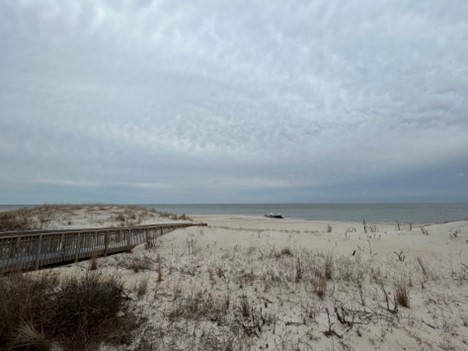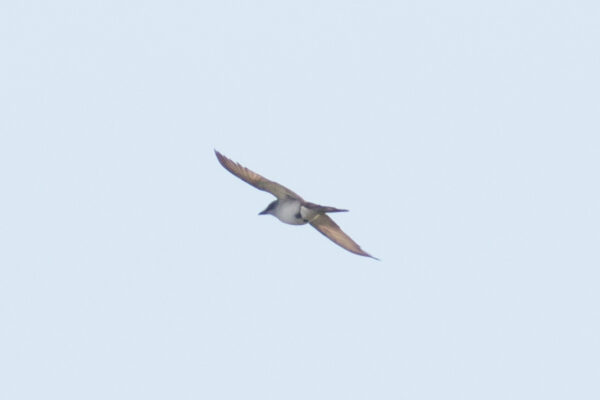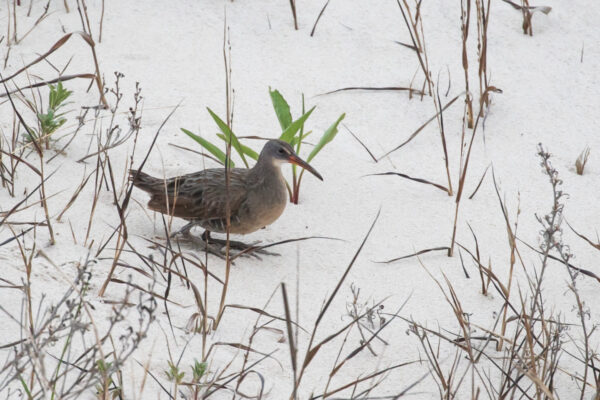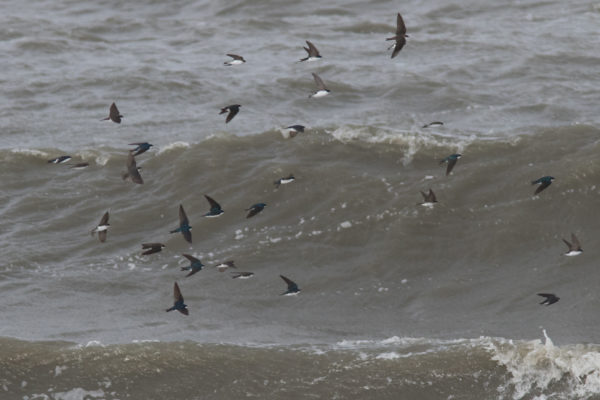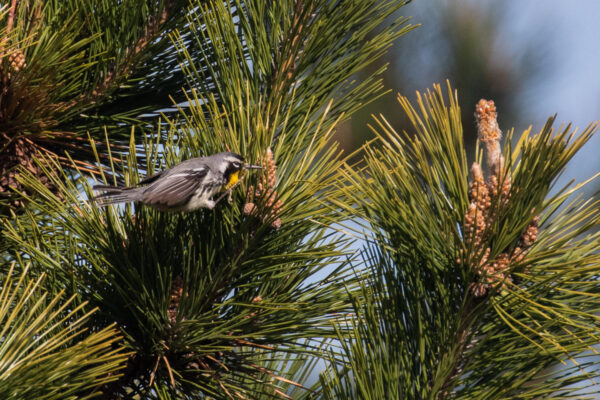Cape May Springwatch
The geographic features that make Cape May Point a beautiful location (an extensive peninsula surrounded by the ocean and a large bay) also provide a mix of bird migration flyways and stopover habitat in spring – truly a crossroads of migration unlike any other on the East Coast – from scoters and other seabirds feeding in the Delaware Bay or following the coast to breeding grounds to songbirds, shorebirds, raptors and others on a more direct northward path to the Point after crossing the open bay. The Cape May Springwatch, NJ Audubon Cape May Bird Observatory’s newest long-term seasonal research project, is positioned perfectly to capture the diversity and quantity of this bird migration phenomenon, involving over 100 species and 100,000+ individuals.
Cape May Springwatch major objectives:
- Create a baseline dataset of species.
- Quantify migrants passing through/by Cape May Point.
- Determine timing for spring migration (shifting due to warming temps?).
- Document flight behavior of migrant landbirds at a south-facing peninsula.
- Analyze impacts of weather and water temperature on migration (timing and quantity).
- Outreach to residents and visitors regarding the significance and importance of data gathering and conservation issues.
Hours
SEASON
March to last day in May
Springwatch Blog
Thank You Springwatch Supporters
Judy and Larry Winne

The Counts
Springwatch
History
As far back as 1976, with the founding of the New Jersey Audubon’s Cape May Bird Observatory, a hope has been to conduct a Seawatch at Cape May Point – even outlined in first volume of Peregrine Observer. Since the late 2000s, a more serious effort was made to document and enjoy spring bird flights past the point, culminating in a volunteer effort in 2014 to more formally quantify and understand the migration, through the efforts of Tom Reed and others.
Migratory Period
The count period extends Mar 1 – May 31 and is conducted daily, starting at sunrise for a minimum of three hours, and extended up to six hours, dependent on the level of activity and weather.
Initial monitoring efforts focused primarily on waterbirds, particularly the daily comings and goings of Northern Gannets, Red-throated Loons, and scoters that stage in the mouth of the bay and in nearshore ocean waters during early spring. Increased effort, particularly later in the season, revealed that numbers of various landbirds were also concentrated along the dunes at Cape May Point some days, highlighted by Pine Warblers, Blue-gray Gnatcatchers, Red-headed Woodpeckers, orioles and many others, not to mention the raptors, gulls, terns, and shorebirds that passed by. This effort continued through 2018, expanding to a full three-month count season, resulting in a count of 185,240 birds of 188 species.
Aids to Bird Watching
Good binoculars are a must; spotting scopes useful. Field guides that deal specifically with the identification of hawks in flight are invaluable. CMBO’s two nature stores (in Cape May Point and in Goshen) offer the state’s finest selection of birding optics and a wide assortment of books that focus on birds of prey—many of which are written by reknowned naturalists, who call Cape May home. Other useful items include sunglasses, a brimmed hat (to cut down on sun glare), sun screen and a bottle of water.
Where to Watch
Starting in Spring 2019, a professionally manned and standardized count is being conducted by CMBO at the Coral Ave. dune crossing platform in Cape May Point, thanks to project sponsors Larry and Judy Winne, official optics sponsor Carl Zeiss Optics, and the Borough of Cape May Point. This position provides unparalleled diversity, concentration and viewability.




